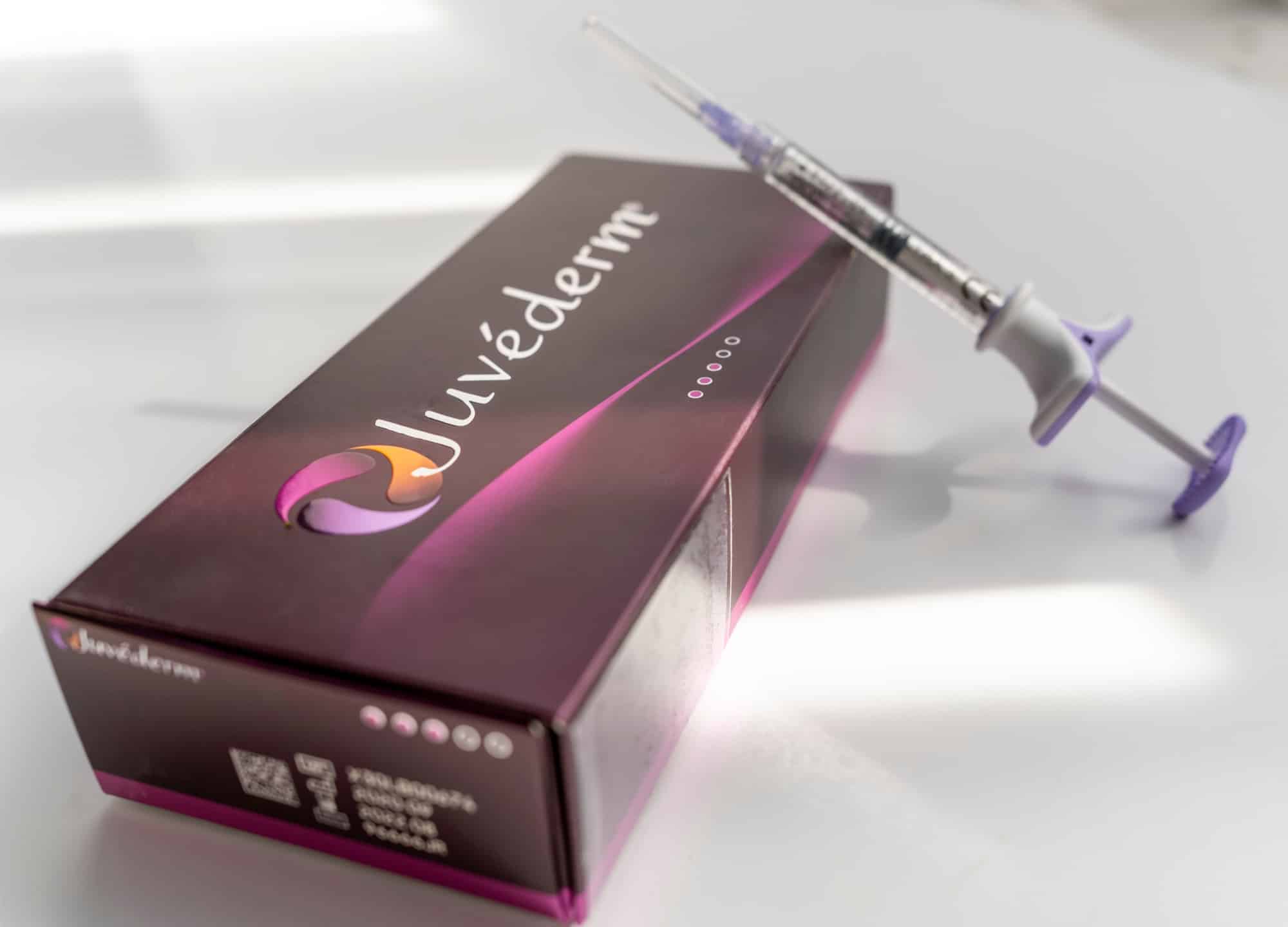While Juvéderm is one of the best-known brands of dermal fillers in the country, many aren’t sure what to expect before their first appointment. How much does it hurt, what can filler actually be used for, and how long do results actually last? Based on the most common questions from the RealSelf community, New Orleans board-certified dermatologist Dr. Mary P. Lupo shares her insight on the popular injectable so you can know exactly what to consider and how to best prepare.
1. Juvéderm is for wrinkles … and more
Many people use Juvéderm, a hyaluronic acid–based filler, to treat wrinkles and lines. But there are other reasons to choose it too. According to Dr. Lupo, “it is commonly used to augment lips, fill folds, and smooth contours.” It can also be used to fill in acne scars, lift the cheeks, alter the shape of the nose, and even address medical conditions like lipodystrophy, which causes the loss of fat from the face.
2. How to choose a provider
There are a variety of healthcare providers who can inject Juvéderm. The initial consultation should be with a licensed and board-certified doctor, but in some offices, a nurse or physician’s assistant does the actual injection. “They should be certified in the right specialty, meaning dermatology or a type of plastic surgery,” says Dr. Lupo. “These residencies train on the anatomy for natural and safe results.” This should go without saying, but you should also not attempt to buy or inject Juvéderm yourself.
3. Does Juvéderm hurt?
While any injection can be painful, there are ways to mitigate it. The Juvéderm XC products contain a local anesthetic. Using a vibration device or cooling the skin with an ice pack can also help, says Dr. Lupo. “‘Talkathesia’ is often used.” (Talkesthesia means distracting the patient from any pain by chatting.) While dental blocks could potentially help, she doesn’t recommend them. “They’re unnecessary, with our great new topical anesthetics, and distort anatomy,” she says. “And remember, there is lidocaine in the filler.”
4. How to minimize bruising and swelling
Juvéderm injections usually result in some bruising and swelling, which can last up to two weeks. Bruising will eventually go away, but there are some things you can do to reduce it. A week ahead of your appointment, “avoid anything that thins the blood,” says Dr. Lupo. “This means aspirin, gingko, and alcohol.”
Related: Injectable Bruises? Been There. Here’s How to Handle Them Without Hiding Out.
5. Small lumps and bumps are normal and temporary
It’s very common to have small lumps or bumps the first week after injections. Right after injection, “we typically gently massage, to smooth them out,” says Dr. Lupo. “If they last more than two weeks, see your doctor to smooth them out correctly and safely.” (This isn’t the sort of thing you want to DIY.)
6. Prepare for potential downtime
Although Juvéderm injections are a minimally invasive procedure, you should still expect some downtime afterward, since any residual lumps and bruising could be visible. That said, “if there is no bruise, or one easily covered with concealer, then there is no downtime,” says Dr. Lupo.
7. How long should one wait before getting another facial treatment?
Many people who get Juvéderm are also interested in having another facial treatment—think a laser treatment, a chemical peel, or microdermabrasion. Consider waiting a week after Juvéderm, to ensure the filler doesn’t get distorted or disturbed by the additional procedure—or doing the other procedure first, if your doctor recommends it.
Related: The Reasons Real Patients Choose Juvéderm vs. Other Dermal Fillers
8. Is Juvéderm safe?
Juvéderm is widely regarded as safe; it’s been approved by the FDA and has a proven safety record. As long as it’s been injected properly, says Dr. Lupo, there’s no cause for concern.
9. There’s an “undo” button: hyaluronidase
If the results of Juvéderm are not what you wanted, there is an “undo” option: it can be dissolved with hyaluronidase. “It is an enzyme that dissolves the hyaluronic acid,” says Dr. Lupo. (Hyaluronic acid is the primary ingredient in Juvéderm.) You might see some improvement immediately, but repeat the enzyme treatment in three days if it hasn’t completely dissolved.
10. How long will Juvéderm last?
No one can predict exactly how long the effects of Juvéderm will last, but generally, it’s in the range of six months to a year. It largely depends on the depth and the amount of filler injected. Plus, Dr. Lupo says, “animated people may break it down faster.”
11. Is it worth it?
Expectations and results vary, but many RealSelf community members are happy with the results of Juvéderm: it has a RealSelf Worth It Rating in the 90s. “One of my most popular procedures—after neuromodulators—is filler as a close second,” says Dr. Lupo. It was also the second most-popular treatment among minimally invasive cosmetic procedures in the U.S. in 2020, according to the American Society of Plastic Surgeons.











